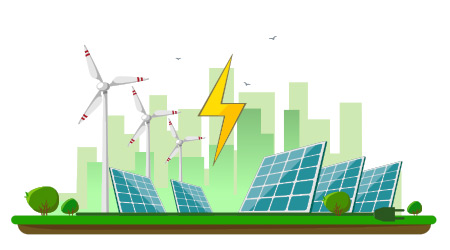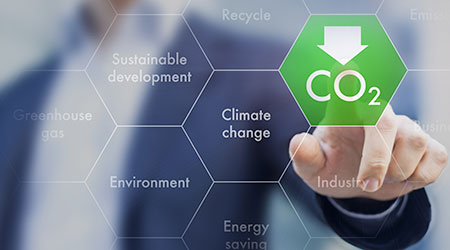
All-Electric Buildings Pave the Path to Zero Carbon Goals
May 3, 2019
Net-zero energy and zero greenhouse gas emissions buildings are the next wave in green buildings and operations. As facility managers get increasingly creative with strategies to reduce carbon emissions in their buildings, one strategy is gaining increasing momentum: Going all-electric in buildings.
Going all-electric in buildings means removing natural-gas fired boilers, water heaters, or any other facility process that uses natural gas, propane, or any other non-electric source.
The University of California system recently announced that to comply with the universities’ aggressive carbon emissions goals, they’d be electrifying all buildings in 2019 — moving to “fossil fuel-free” heating. Stanford University is taking a similar track. In 2015, the university completed a project to replace an aging natural-gas fired co-gen plant with PVs which reduced its carbon emissions by 68 percent.
A recent post by design firm stok points out three ways going all-electric in buildings helps reduce carbon emissions. They are:
- A more modern grid better able to incorporate renewable energy means that all-electric buildings have a larger effect on carbon emissions “due to source carbon emissions reductions.”
- With increasingly sophisticated demand-response programs, it’s easier to manage energy consumption in buildings, shave peak loads, and therefore reduce site emissions
- As cost continues to drop, it’s more affordable to incorporate onsite renewables into a facility’s energy portfolio, reducing emissions.
Greg Zimmerman is executive editor of Building Operating Management. Read his cover story on how buildings are tackling climate change.
Next
Read next on FacilitiesNet












